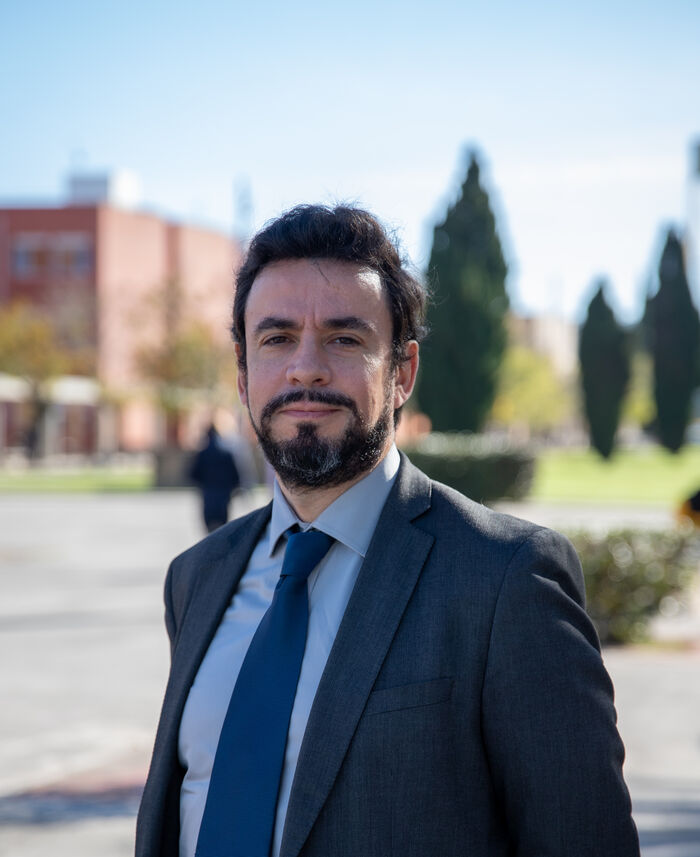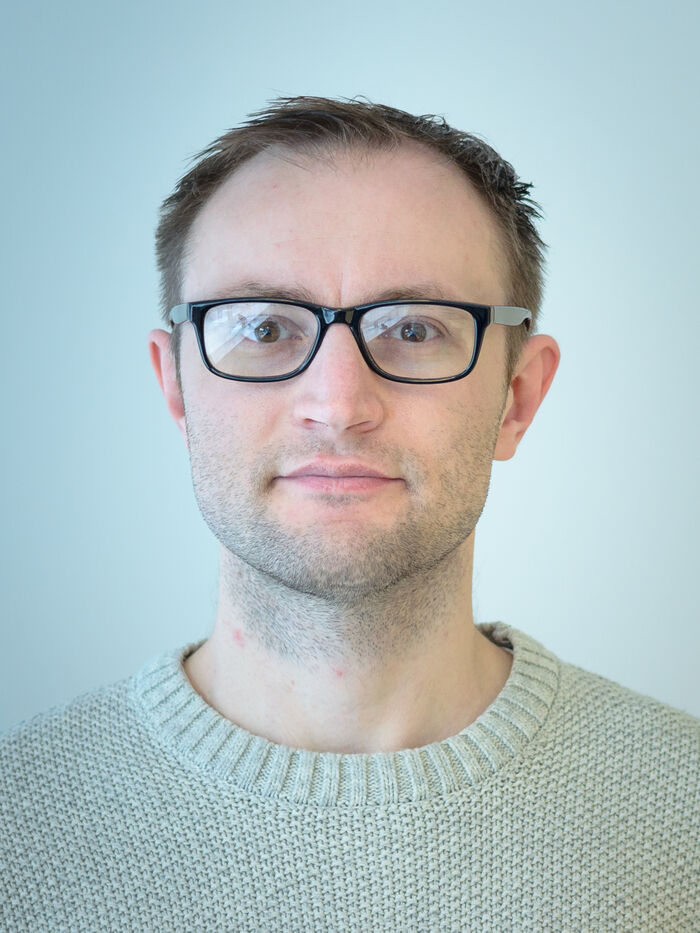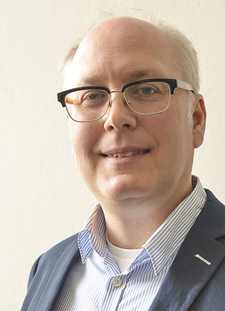Tidligere arrangementer - Side 39
Department seminar. Johannes Spinnewijn is a Professor of Economics at London School of Economics. He will present the paper: "The Chronic Condition Index: Analyzing Health Inequalities Over the Lifecycle" (written with Kaveh Danesh, Jon Kolstad and Will Parket).
QOMBINE seminar talk by Ruben Bassa (SINTEF)
Department seminar. Giacomo Brusco is an Assistant Professor at the Department of Economics, University of Tübingen. He will present the paper: "Guess Who's Evading on Dinner: Experimental Evidence on the Incidence of Tax Evasion."
Carlos A.R. Herdeiro, Professor in the Gravitational Geometry and Dynamics Group, Mathematics Department, Aveiro University (Portugal).
Department seminar. Aurélien Baillon is a Professor of economics of uncertainty at Emlyon business school. He will present the paper: "Follow the money, not the majority: Markets for predicting unverifiable events" (written with Benjamin Tereick and Tong V. Wang).
Franz Fuchs (Sintef/UiO) will give a talk with title "Hamiltonians with time evolution restricted to subspaces"
Invited speaker Ben Black will present on the topic “Learning About Natural Chromosomes to Make New Ones”.
By Olli Hyv?rinen, postdoc in the AQUA section, IBV
We have developed a pump-less recirculation Organ-on-Chip (rOoC) platform that generates a directional gravity-driven flow. This platform can be adapted to various flow conditions and enables the study of endothelial lining, blood vessel sprouting, circulation of immune cells, pathogens or other particles, and incorporation of 3D cell models like organoids. Additionally, we have developed a computational model to predict shear stress and mass transport within the rOoC, allowing for customization of the platform for various use-cases.
The rOoC platform is very versatile and can be used to model for instance drug-induced liver-injury (DILI) that mimics the complex interaction between resident human stem cell-derived liver organoids (3D-HLO) and circulating immune cells. Moreover, we show the functional crosstalk between 3D-HLOs and human pancreatic islets to model the onset of type-2 diabetes.
Samantha Stever, Assistant Professor in the Department of Physics, Okayama University (Japan).
Department seminar. Kai Liu is an Associate Professor at the Faculty of Economics, University of Cambridge. He will present the paper: "Understanding Program Complementarities: Estimating the Dynamic Effects of Head Start with Multiple Alternatives" (written with Marc K. Chan Antonio and Dalla-Zuanna).
Benjamin Donald Smith is a PhD candidate at the Centre for Technology, Innovation and Culture (TIK). This seminar marks his midway evaluation.
Department seminar. Ingrid Mikkelsen Semb is a Lecturer at the Department of Economics, University of Oslo. She will present the paper: "Evaluating affirmative action when college applications are endogenous."
Hans Arnold Winther, Institute of Theoretical Astrophysics, University of Oslo.
Department seminar. Lee Fleming is a Professor at UC Berkeley. He will present a paper: "Isolating the inter-personal mechanisms of absorptive capacity" (written with Benjamin Balsmeier and Sonja Lück).
Department seminar. Laura Derksen is a researcher at the Ragnar Frisch Centre for Economic Research in Oslo. She will present the paper: "Who Knows? The Effect of Information Access on Social Network Centrality" (written with Pedro CL Souza).
Markus Spitzweck (Universit?t Osnabrück) will present the talk ?Representation categories and motives?.
This seminar will consist of two separate presentations, each about 15-minute long.
1) Magnetic Quincke Rollers with tunable single particle dynamics and collective states
2) Electrically controllable ferrofluids
Unfortunately, the seminar by Olli Hyv?rinen, AQUA, IBV, is cancelled.
We further discuss the generalization of these results to compact operators in L2, and explain how they can be used to both describe the out-performance of smooth spline approximations of solutions to differential equations when compared to classical finite element methods, and to solve the outlier-problem in isogeometric analysis.
This talk is based on work done in collaboration with Michael Floater, Carla Manni and Hendrik Speleers.
Department seminar. Anders Humlum is an Assistant Professor of Economics at the Booth School of Business, University of Chicago. He will present the paper: "Changing Tracks: Does Reskilling Help Disabled Workers Back to Work?" (written with Jakob R. Munch and Pernille Plato).




.jpg?alt=listing)












